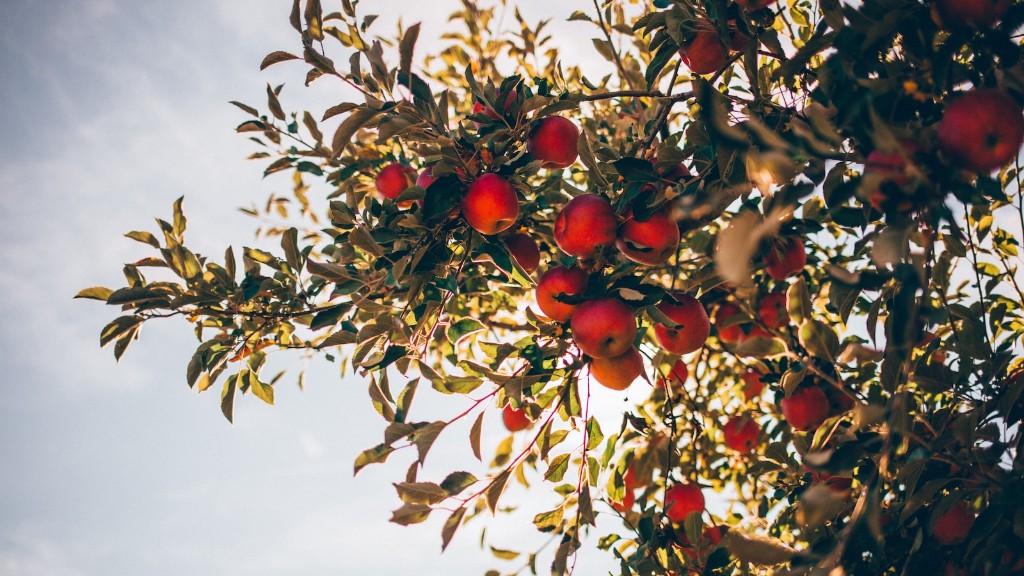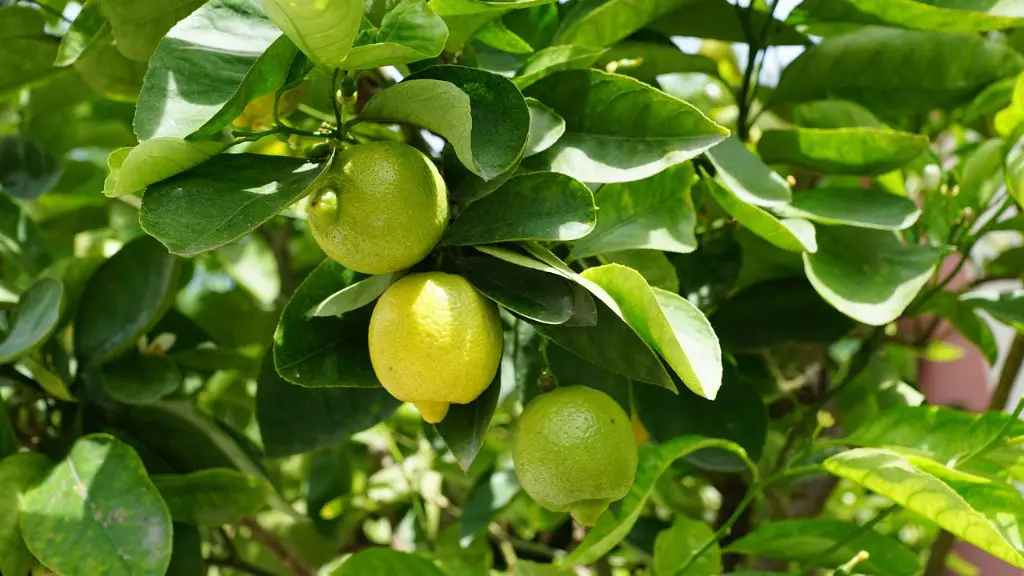Proper Watering
It is essential to water regularly and deeply, as it helps the palm tree to establish a deep, strong root system. Furthermore, to water sufficiently, soaking the soil over the entire container with water until it drains out all at once can reduce the risk of nutrient deficiencies and root rot. Depending on the type of soil and climate, palms can generally tolerate short-term drought periods and should be watered once a week.
Fertilizing
Palm trees require significant amounts of nutrients to thrive, and since soil usually lacks the necessary nutritional elements, fertilizers should be leveraged. When fertilizing, it is recommended to avoid too much nitrogen, while abundant potassium and phosphorus can boost strong and healthy root growth. For best results, fertilizing should occur during the summer season and can be applied in a liquid form or granular.
Mulching
Mulch can offer benefits in protecting palm trees against excessive heat and cold. It also helps to control weeds, retain water and supply the plant with essential nutrients. To protect against extreme weather, mulching should not touch the trunk of the palm tree. In addition, there are different types of mulch, so it’s important to select one that is best suited for the specific plant species.
Pruning
As the palm tree grows, regular pruning can help to prevent any potential dangers caused by weak fronds. In addition, trimming any dead, yellow, or brown leaves can encourage healthy growth and also aesthetically appeal. Pruning can also help protect against unhealthy pests by removing areas that may become infested.
Guarding Against Pests
Since pests are a major threat to palm trees, caring for the tree regularly makes it easier to detect an infestation in time. It is especially important to keep an eye out for infestations during the springtime, when pests like weevils, grubs, and thrips are most active. Additionally, common treatments include biological, chemical and physical control agents.
Protection from Freeze
Palm trees are not immune to extreme weather and should be protected against freezing. To do so, it is advised to wrap the trunk in a breathable material such as polythene, or to create a makeshift tent for the tree with plastic containers or mulch.
Choosing the Right Species
When growing a palm tree, it is important to choose the species that suits the environment. According to experts, there are many species of palms suited for more tropical and subtropical climates. Depending on the climate and area of growth, cold-tolerant varieties are well suited for outdoor gardens.
Preventing Disease & Decay
Palm trees are particularly vulnerable to disease if the right growing environment isn’t provided. Transplant shock, root rot, and insect infestations can be some of the harmful effects on the tree. To prevent further problems, it is essential to keep a well-drained planter and check the condition of the foliage from time to time.
Creating the Right Environment
The environment in which a palm tree is grown is the prime factor for its growth. Ideally, the tree should be placed in a well- lit area where temperatures oscillate between 55 and 85 degrees Fahrenheit, and where the soil is kept moist yet well-drained.
Sustaining Appropriate Humidity
Keeping the right humidity level not only helps the palm tree remain healthy but also prevents risk of diseases. To sustain humidity, it is best to spray the leaves with a mister once a day or to place a humidifier near the tree.
Providing Enough Space
During inactive growth periods, the space surrounding the tree is deemed to be of minor importance. But when roots begin to grow and spread, the tree’s environment becomes the key to providing enough space. If the tree starts to outgrow its environment, it is advisable to move it to a larger planter, or to its natural habitat if possible.


